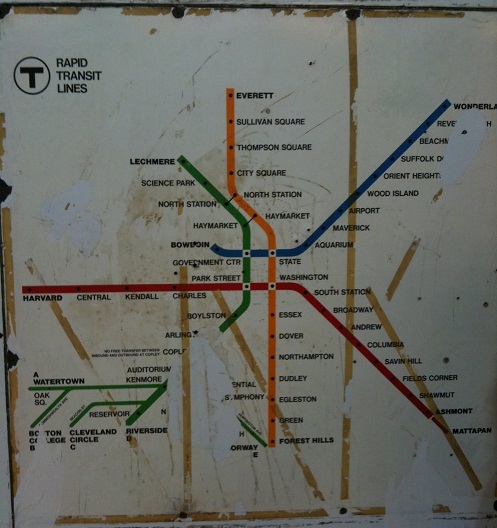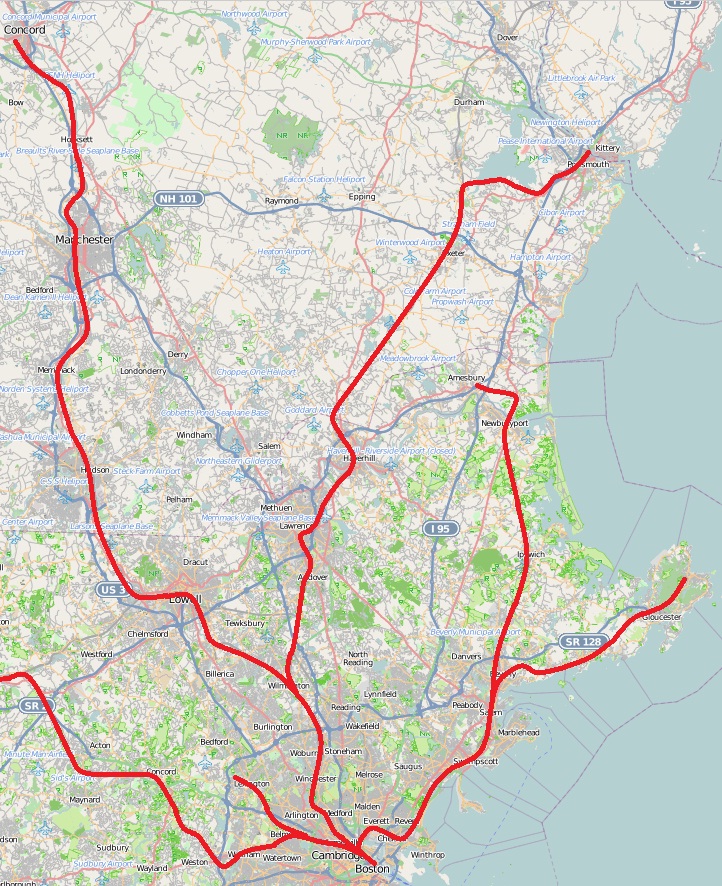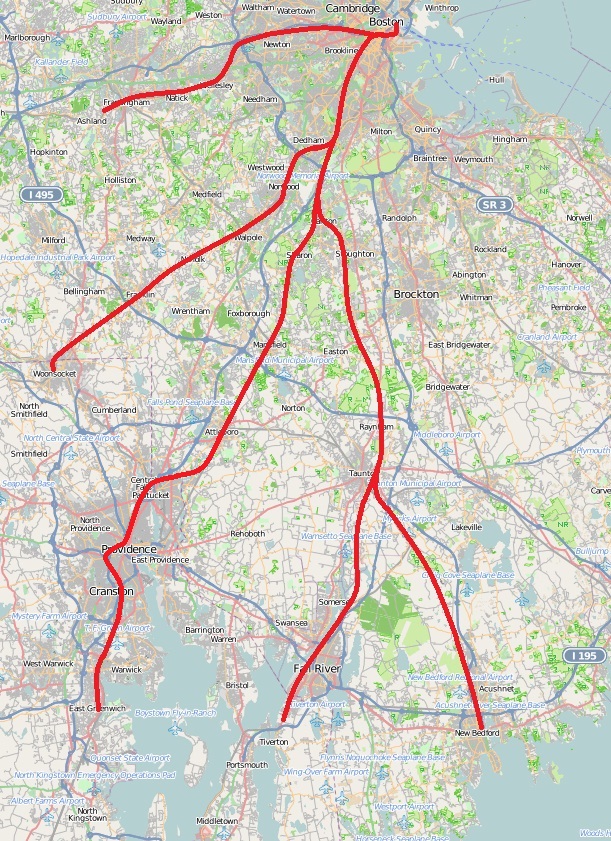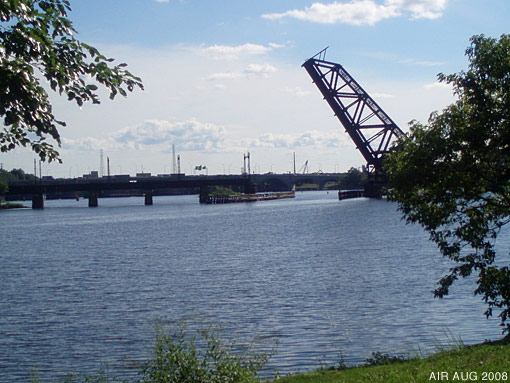I've seen that one before and its not bad, and the planning in it is impressive, but it leaves out a number of holes and the engineering challenges on several of the routes, particularly their Philadelphia-Cleveland line, would be enormous. That also leaves aside that plan, particularly in the Northeast, serves numerous communities which haven't got anything like the demand needed to justify rapid intercity rail service.
This has some good ideas, but some routes that make no sense, and a lot of them leave out logical stops. For example, this link's
Gulf Breeze route goes Boston-NYC-Philadelphia-Washington-Atlanta-Birmingham-Montgomery-Mobile-New Orleans. That's not a bad route, but why skip over Columbia, Charlotte, Raleigh and Richmond?
For example:
Sunset Limited: Los Angeles-Tucson-El Paso-San Antonio-Houston-New Orelans-Jacksonville-Orlando-Tampa
This skips Phoenix, Mobile and Tallahassee, and why finish in Tampa rather than Miami?
Golden State: Los Angeles-Phoenix-Tucson-El Paso-Abilene-Fort Worth-Dallas-St. Louis-Chicago-Detroit-Toronto
This shouldn't skip San Antonio, and it would make sense to Dallas-Texarkana-Little Rock-Memphis-Paducah-St. Louis along the way. Going to Toronto is probably meant to attract snowbirds going south for the winter as a lot of Canadians do, but honestly this one might make sense to split in Detroit and have one route go to Toronto and Montreal, while the other one goes via Cleveland, Pittsburgh and Philadelphia to New York.
Continental: Los Angeles-Phoenix-Tucson-El Paso-Abilene-Fort Worth-Dallas-Atlanta-Washington, DC
Again, why skip places? This is another route where going through San Antonio and Austin is obvious, and what route is between Dallas and Atlanta and then between Atlanta and Washington? The Washington-Atlanta route is fairly obvious (Washington-Richmond-Raleigh-Columbia-Atlanta), but you have a couple potentials between Dallas and Atlanta.
Overland Limited: Los Angeles, Las Vegas, Provo, Salt Lake City, Ogden, Laramie, Denver, Omaha, Chicago, Cleveland, Boston
Here's the holes problem again, and Odgen-Laramie-Denver is a big detour for a small additional population. Better to go via the old Rio Grande route through the Moffat Tunnel to Denver and shave a couple hundred miles off the route.
Pioneer Zephyr: Vancouver-Seattle-Portland-Ogden-Salt Lake City-Provo-Denver-Newton-Oklahoma City-Fort Worth-Dallas-Houston-New Orleans
Whose idea was this? Ballsy, but a little dumb. Kansas City would work better than Newton, and if you are gonna go to this trouble you might as well go on to Jacksonville or Miami after New Orleans.
Oriental: Vancouver-Edmonton-Winnipeg-Minneapolis-Chicago-Detroit-Toronto
Where does one start with this? Aside from VIA going bananas over losing out a sizeable portion of their business, you're just taking traffic from yourself, not to mention Vancouver-Edmonton-Winnipeg-Minneapolis is one hell of a long detour. Somebody going from Vancouver to Chicago already has a bunch of options here, they aren't gonna take this one as its over a thousand miles longer than an Empire Builder train.



